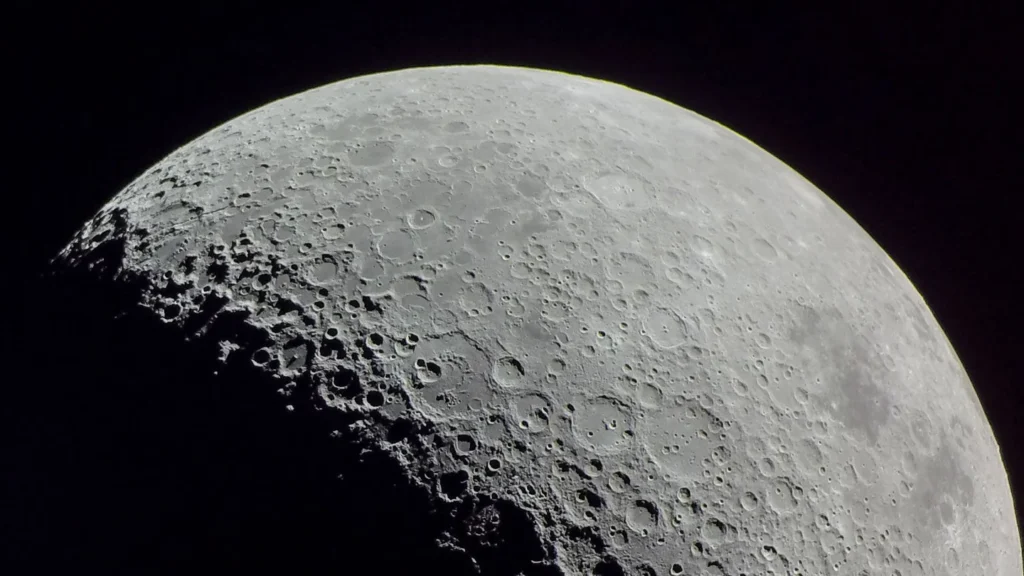
cientists are gearing up to delve deeper into the Moon’s enigmatic nature by planning to install a fiber optic network across its surface. This innovative project aims not for lunar internet services but to unravel the mysteries of lunar quakes and the Moon’s seismic activities.
Seismologists, fueled by curiosity about the seismic phenomena on the Moon, are at the forefront of this initiative. They propose to lay fiber optic cables on the Moon to gain unprecedented insights into its internal structure and seismic events. This comes after analyzing the data captured by seismometers placed on the Moon during the Apollo missions from 1969 to 1976, which recorded numerous seismic activities on the Moon’s near side.
However, the mystery deepens with the absence of detected moonquakes on the Moon’s far side. This discrepancy has intrigued scientists and underscored the need for a more comprehensive seismic network. The upcoming Artemis missions provide a perfect backdrop for such explorations, offering new opportunities to uncover the secrets of the Moon.
The planned fiber optic seismic network, employing Distributed Acoustic Sensing (DAS) technology, involves placing detectors and sensors across the lunar landscape. One significant challenge identified is the Moon’s regolith layer, which scatters seismic waves, making it difficult to capture the deep signals necessary for understanding the Moon’s depths.
To overcome this, researchers like Wu and their team are employing array stacking signal processing techniques. This approach helps isolate valuable seismic data from the noise, paving the way for deeper lunar exploration. Wu emphasizes the importance of thorough numerical simulations and extensive research before the launch to ensure the success of this high-tech seismic network.
If successful, this lunar fiber optic seismic network could operate over an extended period, marking a significant leap in our understanding of the Moon’s geological activities and internal structure. This groundbreaking project stands as a testament to human ingenuity and our ceaseless quest to explore the unknown.




































Leave a Reply